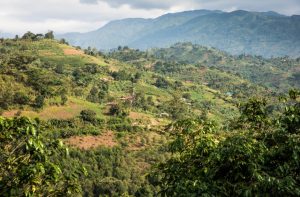Pesticides Are Making Children Aggressive
“Pesticides cause a multitude of adverse effects on humans. However, they are especially harmful to children.” Pesticides cause a multitude of adverse effects on humans. However, they
“Pesticides cause a multitude of adverse effects on humans. However, they are especially harmful to children.” Pesticides cause a multitude of adverse effects on humans. However, they
In recent years, we’ve seen a boom in production and sales of organic foods worldwide. The global organic food market is expected to grow by
Portugal’s renewable energy sources generated enough power to exceed total grid demand across the month of March, a new report has found, setting a standard

About one third of the world’s land, more than four billion hectares, is forest. Every year, this area decreases by an average of 13 million
Electricity generation from both natural gas and coal fell in 2017. At the same time, renewables – especially hydropower, wind, and solar – continued to
California’s drought-to-deluge cycle can mask the dangers Mother Nature can have in store. During one of the driest March-through-February time periods ever recorded in Southern
Biodiversity and Nature’s Contributions Continue Dangerous Decline, Scientists Warn Human well-being at risk. Landmark reports highlight options to protect and restore nature and its vital
The patch of detritus is more than twice the size of France and is up to 16 times larger than previously estimated. An enormous area
After Donald Trump won the presidential election, hundreds of volunteers around the U.S. came together to “rescue” federal data on climate change, thought to be
Microplastics can really be found everywhere, even in the stomachs of creatures living deep underwater. Marine scientists from the National University of Ireland (NUI) in Galway found